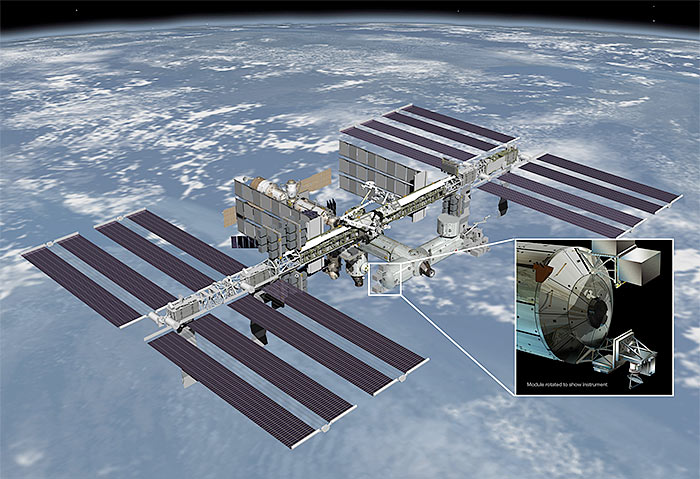China is seeking customers for its planned space station. China Daily reports that China will “would like to train astronauts from other countries and organizations [and] welcome foreign astronauts who have received our training to work in our future space station.”
The statement is attributed to Yang Liwei, deputy director of China Manned Space Agency, during his remarks to the United Nations/China Workshop on Human Space Technology in Beijing.
“China and Russia have collaborated on astronaut training, spacecraft technology and extra-vehicular suits, and we are cooperating with our French counterparts on a variety of experiments in astrobiology and space medicine,” Yang said, “Astronauts from the European Space Agency and their Chinese peers have visited each other’s training facilities, laying a solid foundation for further communication.”
The article does not state how much China hopes to charge for trips to its stations. Chinese space officials have publicly stated that they cannot match SpaceX launch prices, and it seems unlikely that it will be able to compete with Bigelow’s Space Station Alpha, either. Instead of innovating, China is retracing the path taken by US and Soviet space programs 40 years ago, trapping their program in a high-cost paradigm.
The Chinese space station will not be ready until 2023, according to another article. It’s reported that the station interior will be “no less than 60 square meters.” Presumably, the author meant 60 cubic meters, which is the way space stations are usually measured. That would be smaller than the old Russian Salyuts, which had internal volumes of 90-100 cubic meters. It would be dwarfed by ISS, which has an internal volume of 837 cubic meters, or a single Bigelow BA-330 module, with an internal volume of 330 meters.



